ANAHÍ RODRÍGUEZ | THE MULTIMEDIA PAINTER. From canvas, digital and wearable art on clothing, Anahí Rodríguez showcases her Mexican and Cuban roots.
MULTI-FACETED ARTIST Anahí Rodriguez, 26, works with paint on canvas, digital software and wearable art on clothing. She moved to the U.S. from Mexico when she was 4 years old and began making waves at the age of 11 when she petitioned her school to offer art classes. Later she studied at the Marwen Institute, an arts program for underrepresented youth in Chicago. Her art focuses on inclusion and representation.
What inspired you to become an artist?
I think it was just love for the art. I loved being creative since I was little. When I was in Mexico, I still remember the artesanías that would be on the street … different forms of art: puppeteers … different figures that they make, different sculptures or paintings too. I remember seeing that growing up as I moved over here. The first place I lived at was Little Village, so I would see it a lot.
Then going around the streets, I would see murals. I was like, ‘Who made that?’ I was always thinking, ‘That looks pretty cool.’ I always thought that because I was younger… ‘The building came with that.’ I just told myself, ‘I want to be able to do that one day I want to be able to use colors and do whatever I need to do.’ It all started from there.
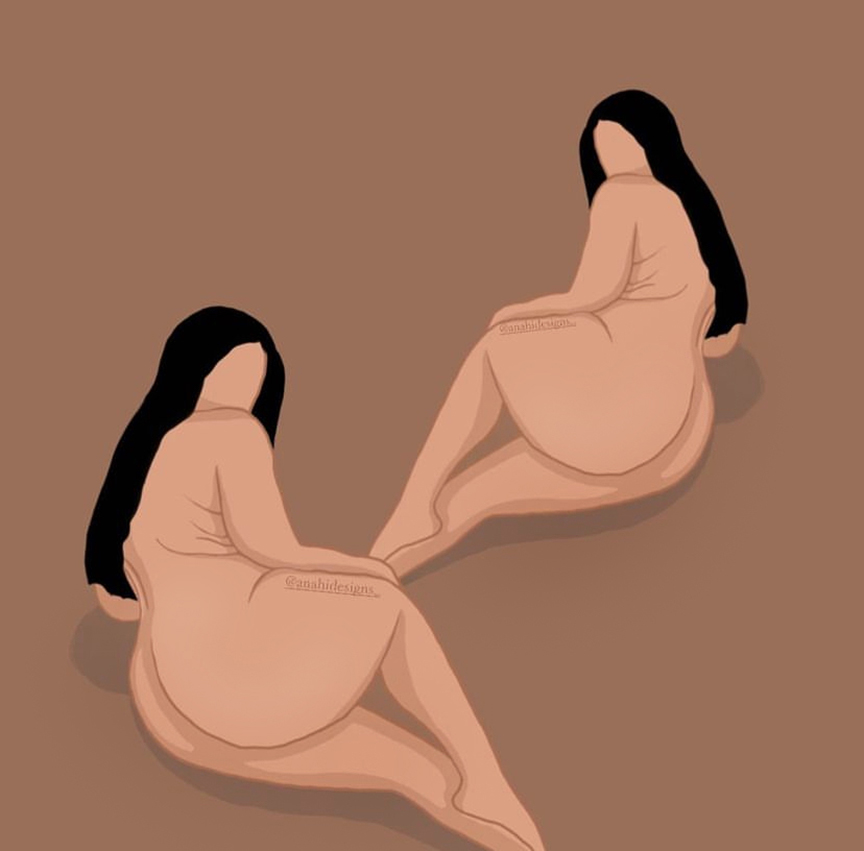
At what age do you feel you said, ‘I want to be serious about art?’
When I was about 11 or 12 in middle school. I remember that we didn’t have any art classes. So, I made a petition for all the students to sign so that we [could get them.] After that, one of the teachers that was hired to do the art classes, gave me a brochure of this place called Marwen Institute. I started [attending] and venturing off from there. It’s an art institute for underrepresented students here in Chicago. It’s a nonprofit, I believe. It’s still there.
How do you describe yourself and your culture?
I have this mixed culture, right? Because there’s the whole being in America, my Mexican heritage, and my Mexican culture, then my dad’s side of the family, the Cuban culture. It’s very diverse and different. Even though I was born in Mexico, people would think, ‘Oh, you listen to Banda?’ But, growing up I think I’ve done more of the Cuban [things]. I listen to a lot of salsa and merengue. Music has a lot of influence on my paintings too. I’ll listen to that while I paint. But the way that I would describe it is, I guess, diverse.
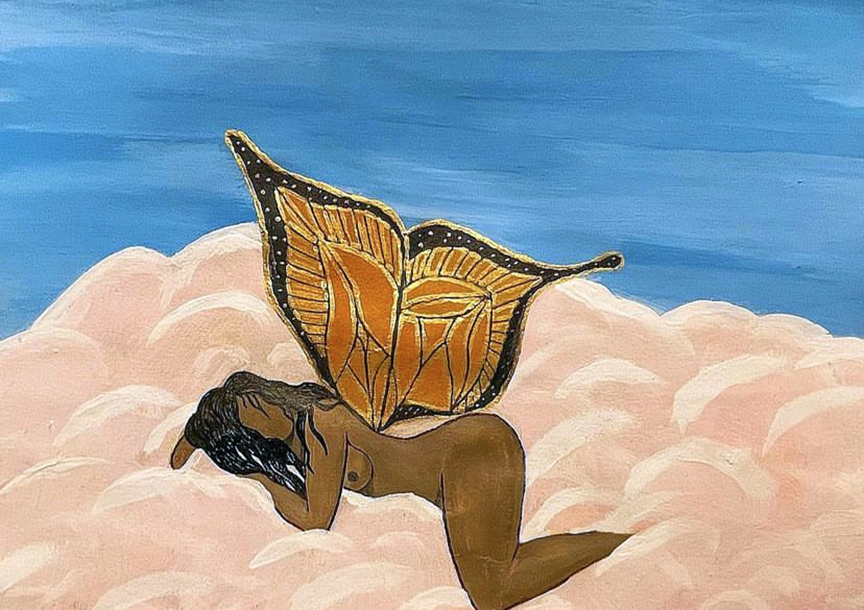
So, you would say that you relate to Cuban culture more than Mexican culture?
Yeah, in terms of music and food. But when you grow up with those two, you kind of blend both and try to make them work. Overall, at home Spanish is my first language.
Is there anywhere else that you feel being Mexican and Cuban shows up in your art?
With some of my paintings I focused on the woman’s form. I started doing figure drawing when I was at the Marwen Institute. After that, I fell in love because I was thinking I want to be able to express myself, and how my body is… an expression of self-love toward my figure. I noticed that in a lot of Cuban art, Mexican art, they have figure drawings of women. Most of the time, they’re voluptuous. …When you dance, you move your hips, your butt. That’s what our music is centered around. What we eat too. I love being able to show that… showcase what it is to have the body that we have.
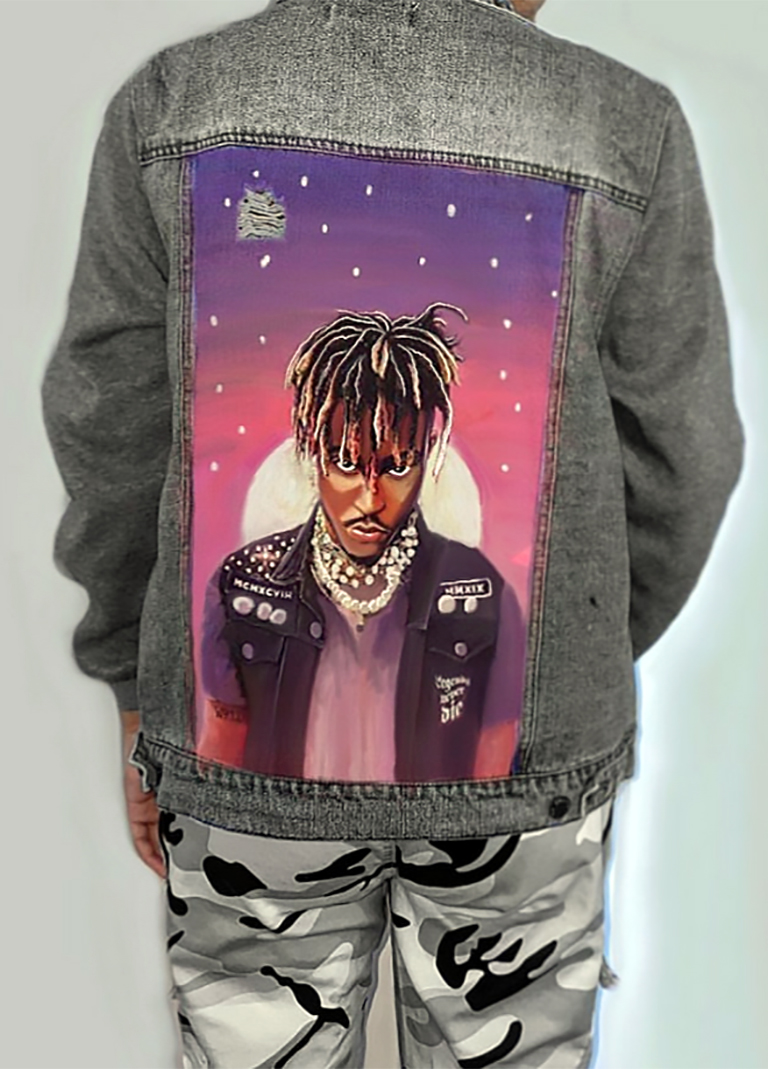
With my other form of art that I do, showing my experience in coming to the U.S.—I’m showing the Mexican culture. How I left that behind because I haven’t been back. I show Aztec culture, like the Aztec calendar. I show artesanías in my work, [and] the colors artesanías use. Some of the things that you’ll see around in Mexico… there’s a lot of street vendors. I showed the type of clothes that we used. In this series of art, I’m showing a lot of Mexican-Spanish culture.
Do you have a working name for this?
It might just be ‘Undocumented.’
Do you remember anything from the time when you moved to the United States?
Oh, yeah. I’m working on a painting series of how I got here… Stages of a process of coming to the U.S.
How do you feel about the term Latinx?
Latinx? Yeah, I like it. Because it gives people a sense of being able to identify with being Latino. Because we have a lot of different ways to identify each other. There’re different pronouns, different ways of viewing each other.
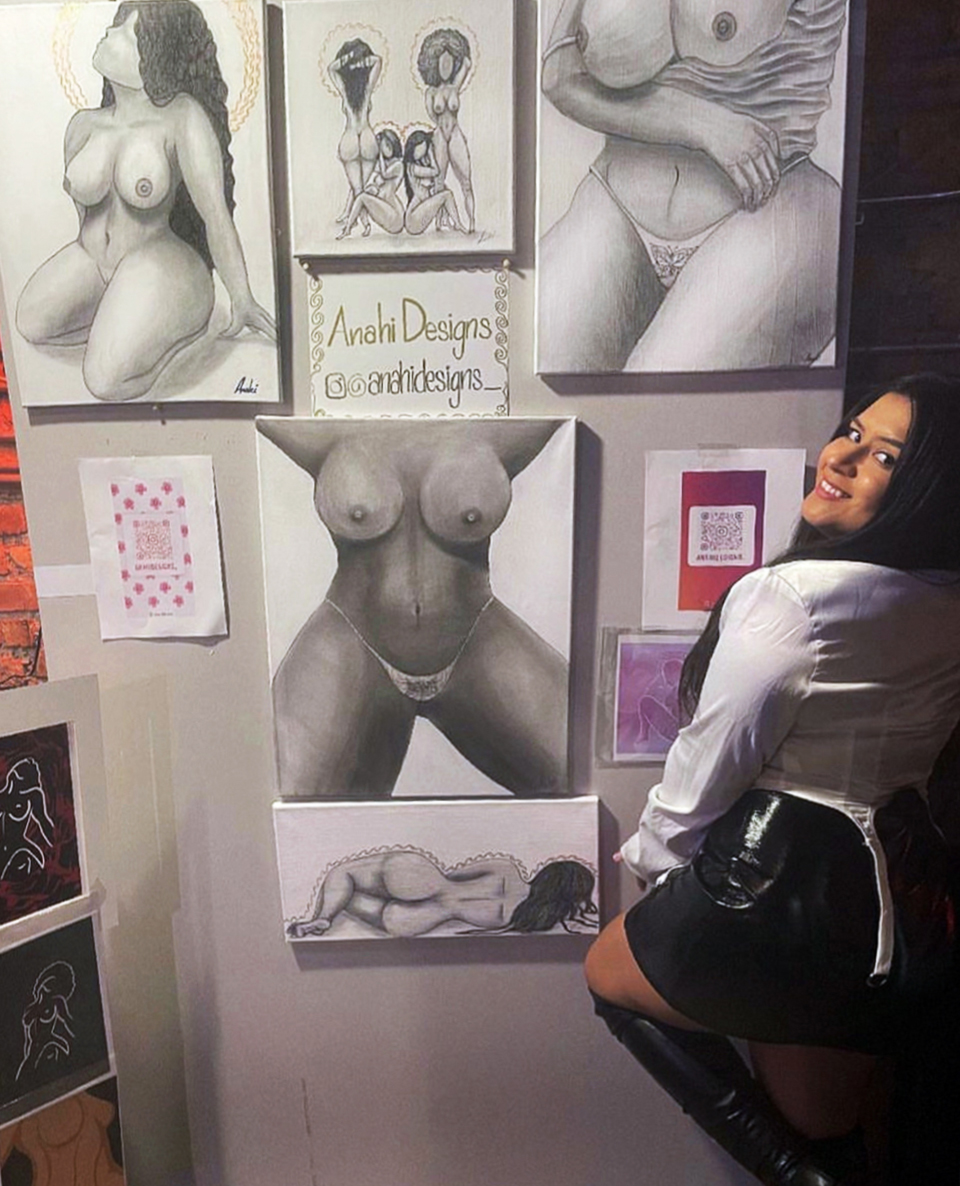
What is it like being a Latine artist in Chicago? How has it shaped you as an individual?
After being in Little Village, I moved to Pilsen. Pilsen has a lot of Latinx artists who used to do murals and things like that around the community. Now it’s been gentrified, so a lot of those artists have left. Now that I’m in this stage of my life where I can really network and get out there, I feel like it’s a little bit harder. Social media helps, but if we didn’t have social media, I think that as a Latina, I wouldn’t be able to venture out as much.
Growing up, there was a little bit difficulty trying to get your art out there because there weren’t that many programs or people who [could] actually push you to be out there—get your work out.
You feel like the community is almost getting lost in gentrification?
Yeah, it definitely is.
How do you make your art accessible to your audience? I know you use social media.
Outside of my house, sometimes I’ll bring out my canvasses or my shoes. I live right in front of a park. So, I’ll just be there, and I’ll paint. People will come around because … there’s a lot of foot traffic and people were stopping [and] asking for my card or my information. So, I do physical work like that. Or I do different art shows. There’s a lot of people that come through, and then talk to me, they see my work and want to know more about [it.]
“Going around the streets, I would see murals… I just told myself, ‘I want to be able to do that one day.”
What’s missing from the art world that you are trying to provide, and how does what you provide fill that space?
I think that now it’s getting better, and there’s more of this. But I think having a representation for kids, for students that are in high school, in middle school, high school, college, to be able to have access to art and resources is something that we lack in the art world. I know that there’s a lot of creative people that are younger, that will be shaping the art world later on. Having resources available to them would be a lot better. Because like how I said when I was growing up, in middle school we didn’t have art classes. I had to petition to get that. And I know that a lot of students are shy to do that. It’s hard to advocate for oneself.
Being able to fund schools and have more art programs, whether it’s visual arts or music, photography, or what have you, would be very beneficial.
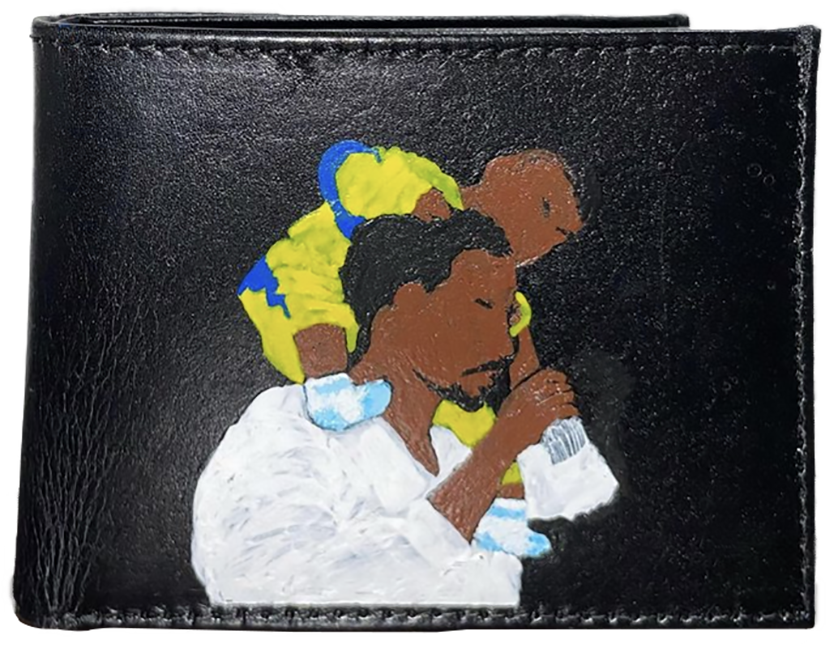
What are some challenges that you face when you’re creating your art, just trying to share your work?
Time is something that I know a lot of us artists face as an issue because our craft takes a lot of time. Then, on top of that, you have to keep promoting the same thing over and over so it can be recognized by other people. Because otherwise it just will go unseen. I do most of my art just for myself and for pleasure, but I do want it to be for the people.
Sometimes it’s just hard to be able to get that recognition. You have to really push yourself out there. That’s one of the hardest things to do.
What’s your target audience? How do you want your art to be received?
My target audience is everyone, really. But mostly for young adult and other adults. When I do my clothing, or my wearable art, my target for that is mainly fans of artists that are already established and artists themselves.

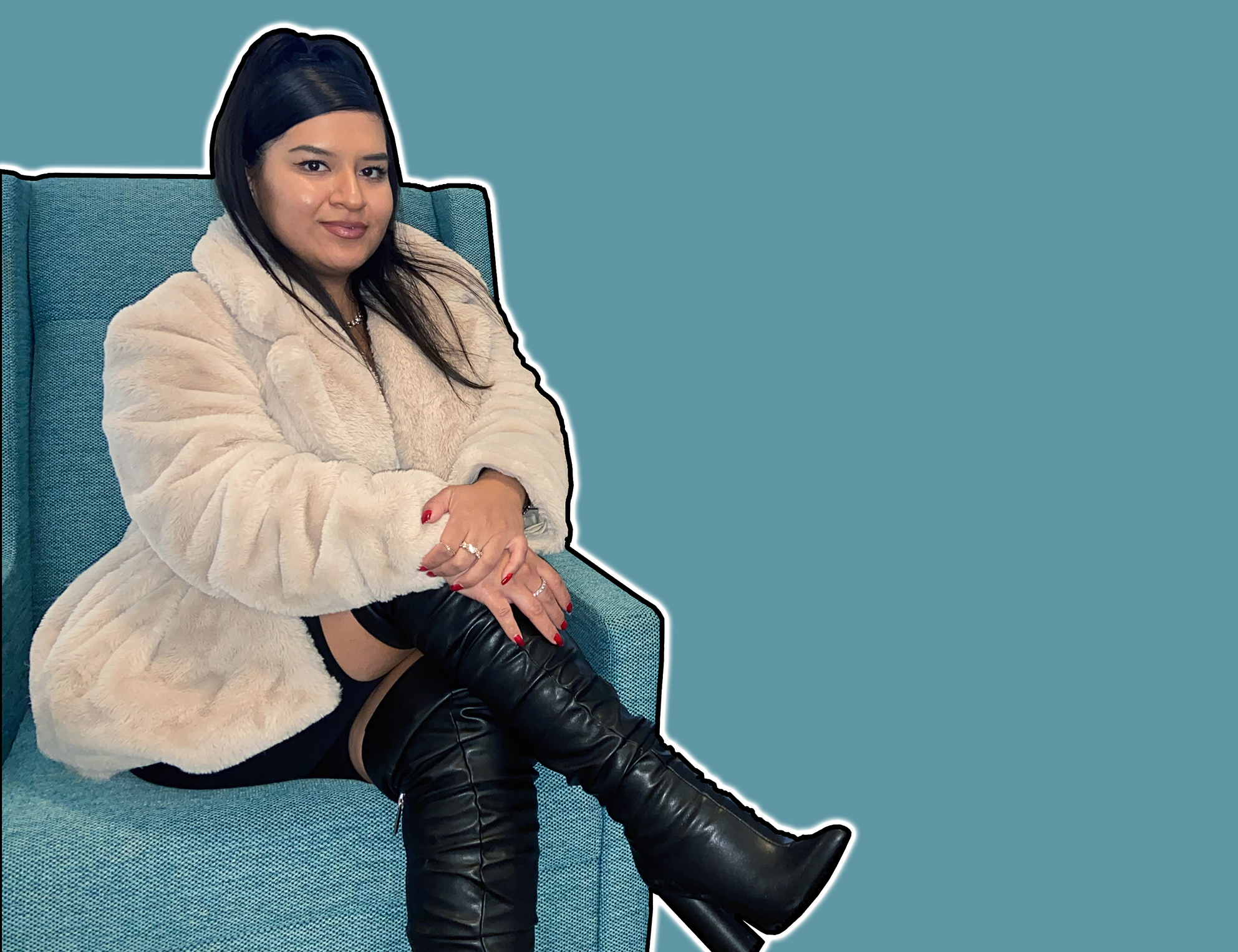
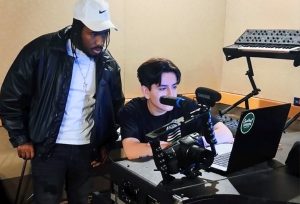
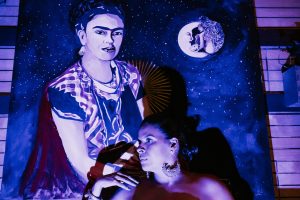
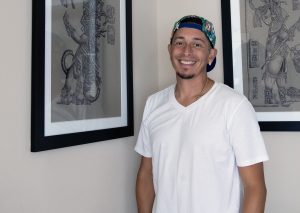
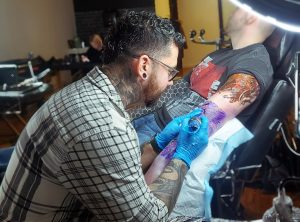
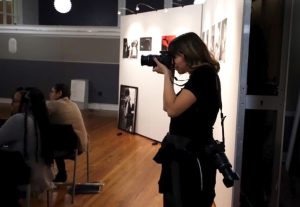
Be First to Comment